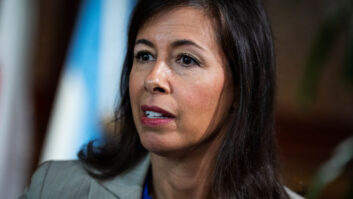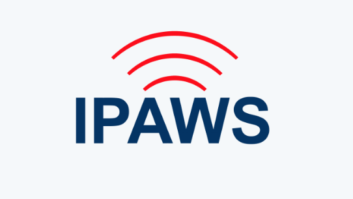Receivers handle the ways broadcasters want to send text data differently. Some broadcasters are sending static text data; other stations want to send scrolling text and more than just call letters.
Up for discussion among members of the recently revived Radio Broadcast Data Services Subcommittee of the National Radio Systems Committee is how to do all of these things more easily within the context of RDS services, while not increasing driver distraction.
The subcommittee met at CES in January. Members elected Charlie Morgan of Susquehanna and Tom Mock, a consultant for StratosAudio, to head the RBDS standards working group.
Entercom’s Marty Hadfield, co-chair of the RBDS Subcommittee, said the group hopes to know in broad-brush strokes what changes it should make to the North American RBDS standards by this spring’s NAB show.
RDS is undergoing a revival some 11 years after the first RDS-enabled receivers were introduced. Entercom is using RDS on all of its FM stations, Clear Channel Radio is using the technology on several facilities and other major groups are interested.
Hadfield said the standard needs to be updated.
“The system is not designed for anything beyond displaying call letters on a basic RDS receiver,” he said. While many receiver designs seem to tolerate changing the location of the call letters in the display, others do not.
“Some will freeze or shut down the display when new text information is added to that portion of the display,” he said. “We need to make sure it’s something that will have a reliable reaction in people’s receivers” – in other words, predictability.
The group hopes to craft a uniform standard for displaying RDS content in the receiver. Once its work is complete, the RBDS standard would be published and could act as a general guideline for receiver manufacturers.
“Listeners are thrilled with it, when it works,” Hadfield said. “Even low-end RDS-enabled receivers that may not have a radio-based function can at least display something. This converts it to a more versatile receiver.”
When stations go digital, they can still broadcast RDS on their analog FM subcarriers. Although those subcarriers go away when stations convert to all-digital mode, “we’re many years down the road from that,” Hadfield said.












